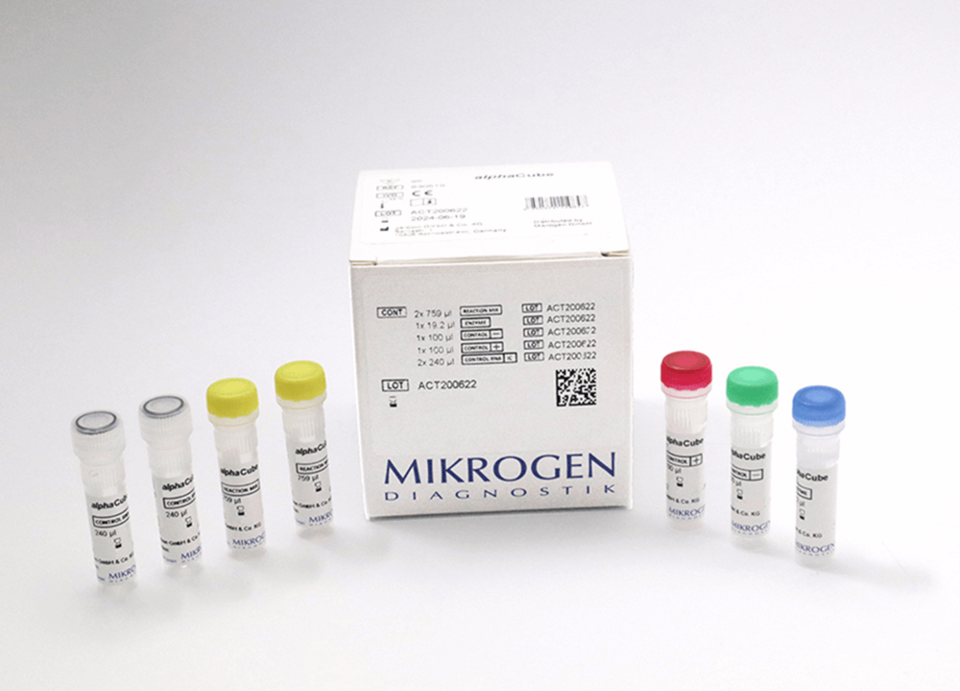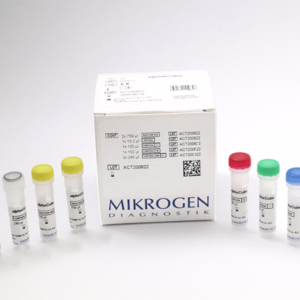| Weight | 1 lbs |
|---|---|
| Dimensions | 9 × 5 × 2 in |
| target | TBEV/WNV |
| species reactivity | For the detection of Tick Borne Encephalitis Virus and West Nile Virus |
| applications | RT PCR |
| assay type | direct & qualitative |
| available sizes | 96 tests |
TBEV/WNV RT-PCR test Mikrogen 830568
$487.00
Summary
- Mikrogen diagnostik RT PCR kit for research use (RUO)
- Direct West Nile Virus, TBE virus detection
- High sensitivity and specificity
- Internal control for monitoring nucleic acid extraction
(RNA/DNA) and real-time PCR inhibition in each reaction - Compatible with most common real-time PCR cyclers & RNA/DNA extraction methods
- 96 tests
TBEV/WNV RT-PCR test Mikrogen 830568
| kit | |||||||||||||||
|---|---|---|---|---|---|---|---|---|---|---|---|---|---|---|---|
| Assay type RT PCR | |||||||||||||||
| Research area Infectious Disease | |||||||||||||||
| Sample type whole blood, serum, plasma, urine, tissue, stool, etc., food and environmental samples or from the carrier material | |||||||||||||||
Notes
| |||||||||||||||
Components
| |||||||||||||||
| Storage Store at -20°C. | |||||||||||||||
| Additional information Highly sensitive and specific direct detection of pathogens that can cause tick-borne infections
Applicable to human starting material as well as RNA/DNA from the tick |
| target relevance |
|---|
| Organism Tick-Borne Encephalitis Virus (FSME/TBE Virus) |
| Protein names Tick-Borne Encephalitis Virus (TBE/FSME) |
| Structure and strains Tick-borne encephalitis virus (TBEV) is a positive-strand RNA virus associated with tick-borne encephalitis in the genus Flavivirus. |
| Detection and diagnosis Cultivation of the TBE Virus is complex, time consuming and requires special safety precautions. Direct pathogen detection by RT-PCR is possible at the onset of disease, however, a negative result does not rule out a TBE Virus infection. As a consequence, the determination of pathogen-specific antibodies by ELISA is recommended for laboratory confirmation of TBE Virus infections. The combined demonstration of IgG and IgM antibodies directed against TBE Virus, a significant increase in antibody activity by the analysis of serum pairs or the detection of intrathecally synthesized IgG or IgM antibodies serve to confirm an infection. |
Data
| No results found |
Publications
| pmid | title | authors | citation |
|---|---|---|---|
| We haven't added any publications to our database yet. | |||
Protocols
| relevant to this product |
|---|
| 830568 protocol |
Documents
| # | ||
|---|---|---|
| Please enter your product and batch number here to retrieve product datasheet, SDS, and QC information. | ||
Only logged in customers who have purchased this product may leave a review.


Reviews
There are no reviews yet.